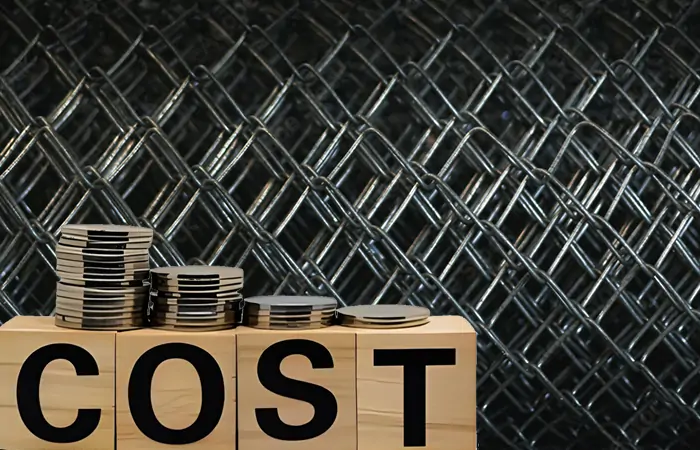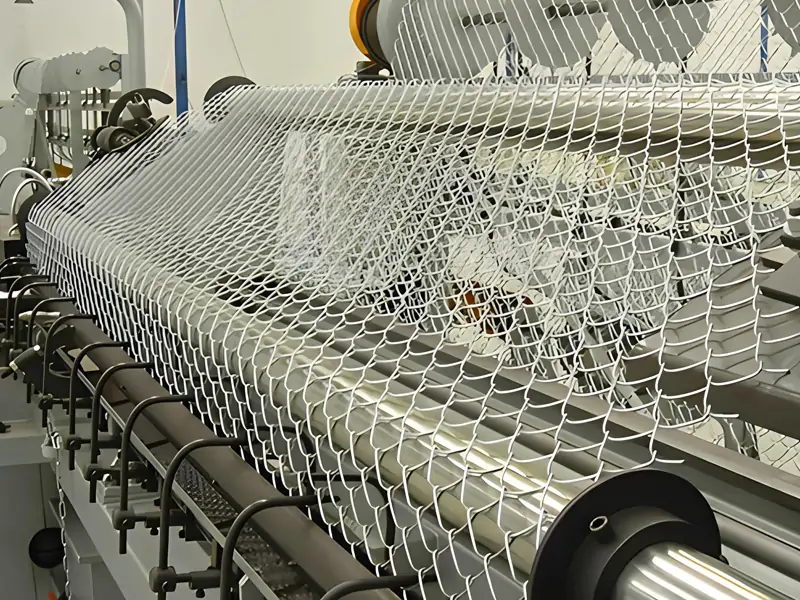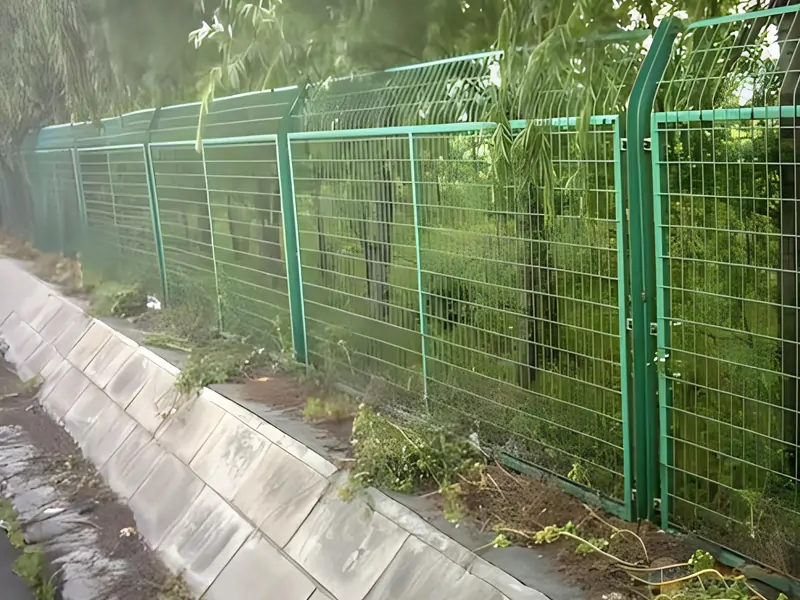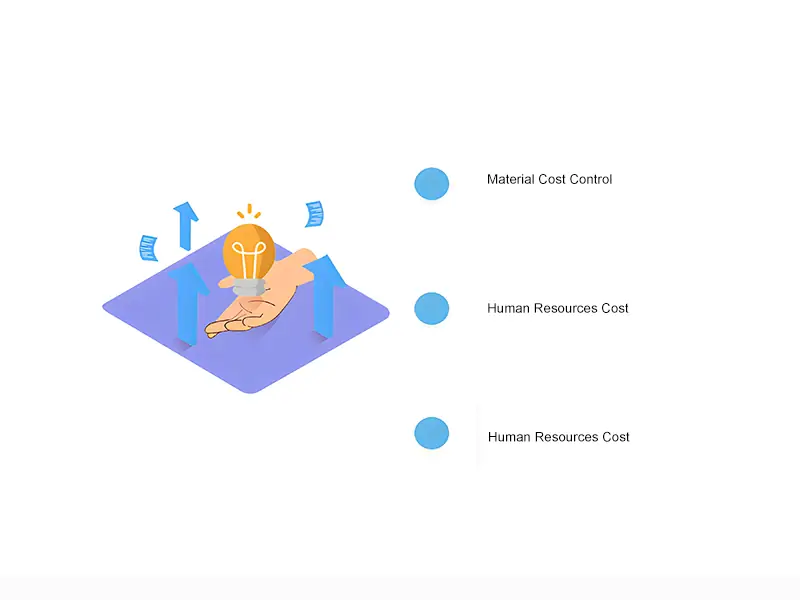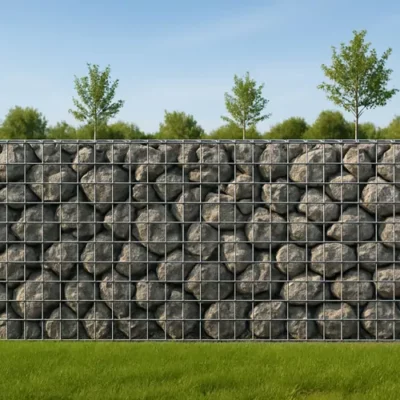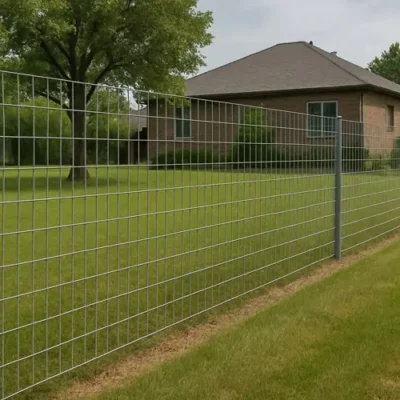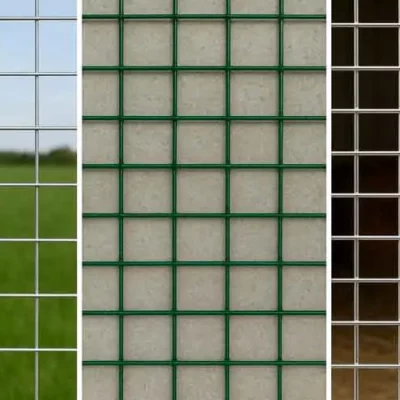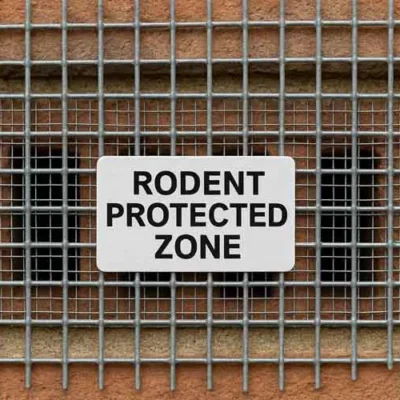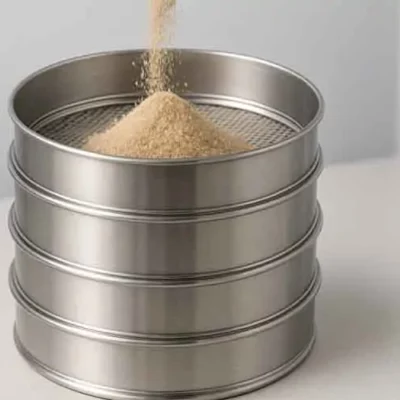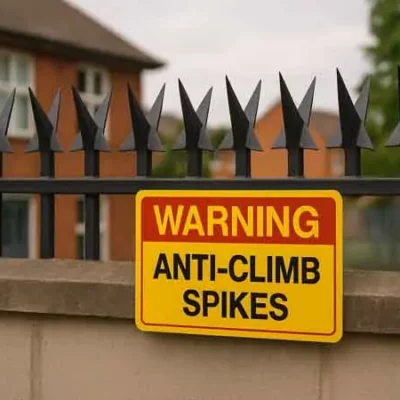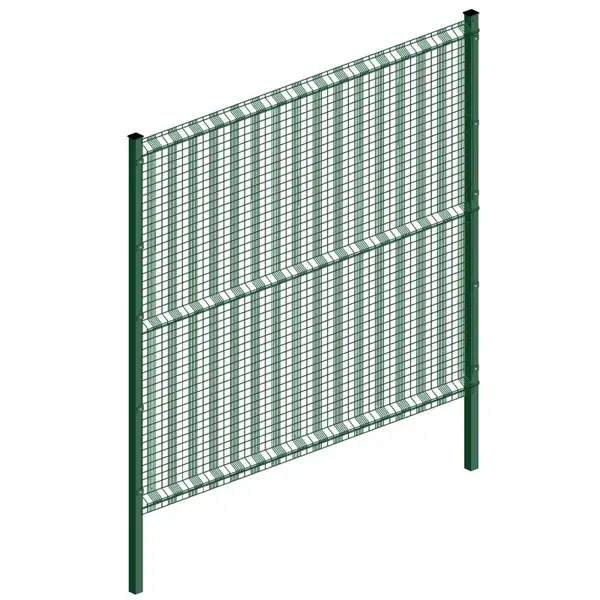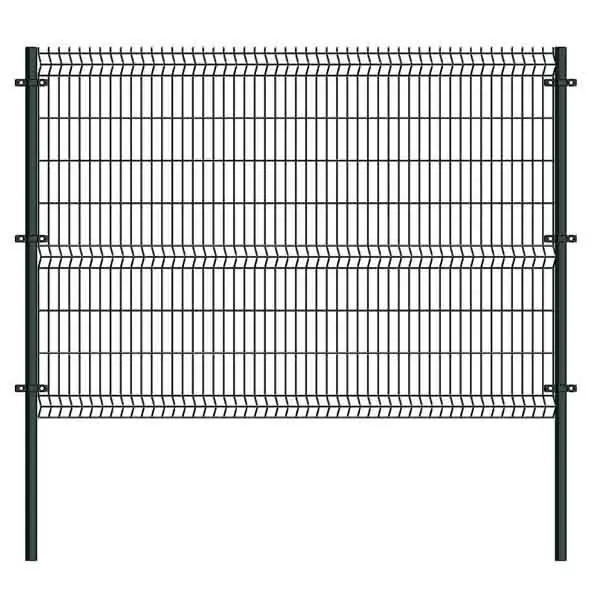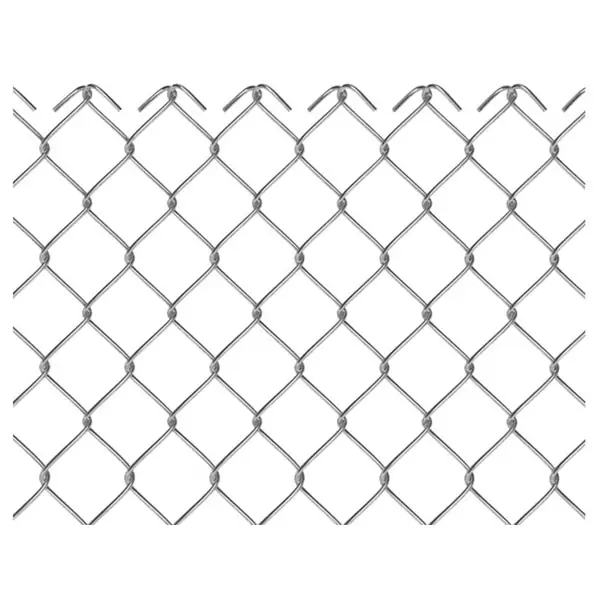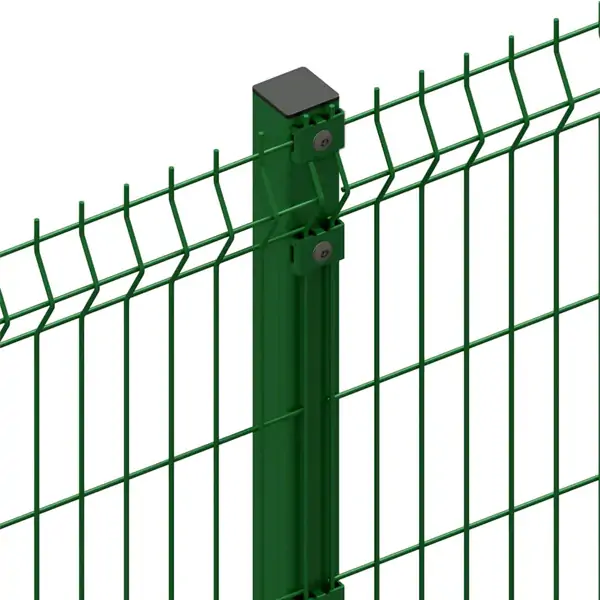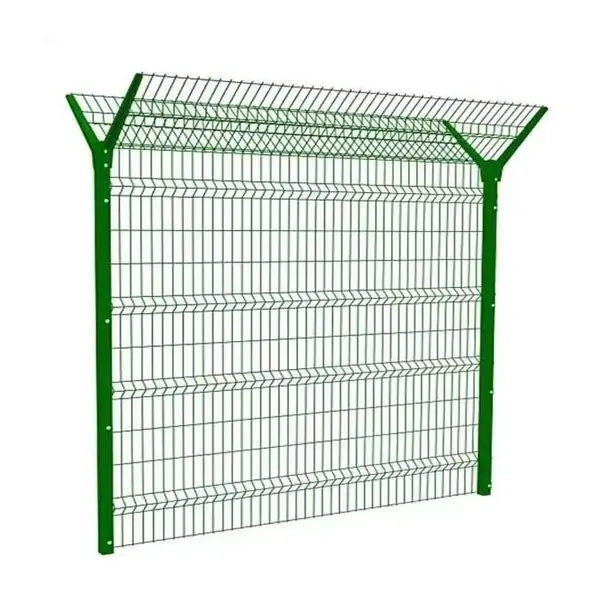In 2024, the chain link fence has become a popular choice that is affordable and durable. However, as supply chain, labor, and raw material costs fluctuate, understanding the cost structure of the chain link fence has become more important than ever. This blog aims to delve into the cost structure of the chain link fence in 2024, uncovering the hidden factors behind every meter and helping you make an informed decision.
Key Points Introduction:
1. Material Quality: Higher quality materials, such as galvanized steel, can increase the cost.
2. Height: Taller fences generally require more materials and can be more expensive.
3. Gauge: The thickness of the wire, measured by gauge, can affect the cost. Thicker gauges are typically more expensive.
4. Coating: Chain-link fences may come with different coatings, such as vinyl or polyester, which can impact the cost.
5. Installation: If you’re hiring professionals to install the fence, installation costs will be an additional factor.
Table of Contents
ToggleWhat Makes Chain Link Fence Expensive?
Several factors contribute to the cost of chain-link fencing, making it more expensive under certain circumstances. Here are key elements that can influence the higher pricing of chain-link fencing:
1. Quality of Materials:
The type and quality of materials used in the chain-link fence significantly impact its cost. High-grade materials, such as corrosion-resistant steel or aluminum, may be more expensive but contribute to a longer lifespan and increased durability.
2. Mesh Size and Gauge:
Smaller mesh sizes and thicker gauges generally increase the amount of material needed for the fence, thereby raising the overall cost. These specifications may be chosen for specific security or aesthetic reasons, contributing to the fence’s expense.
3. Coating and Finish Options:
Chain-link fences can come with various coatings and finishes, including galvanized, vinyl-coated, or polyester-coated options. Enhanced coatings add protection against rust and corrosion, but they also contribute to higher costs due to the additional manufacturing processes and materials involved.
4. Height and Length:
The dimensions of the fence, such as its height and length, directly influence the overall cost. Taller and longer fences require more materials and labor for installation, contributing to higher expenses.
5. Customization:
Specialized or customized features, such as colored coatings, privacy slats, or decorative elements, can increase the cost of a chain-link fence. Tailoring the fence to specific design preferences or functional requirements often results in a higher price tag.
6. Labor and installation costs:
The installation process requires skilled labor, and labor costs may vary based on the location, needs, and complexity of the installation. Larger projects may require time beyond engineering, resulting in higher overall costs.
7. Brand and Supplier Reputation:
Opting for reputable brands or suppliers may come with a higher price. Brands known for quality products, reliable customer service, and longer warranties may charge a premium for their offerings.
8. Market Conditions:
External market factors, such as fluctuations in the prices of raw materials, economic conditions, and global events, can impact the cost of chain-link fencing. Unforeseen changes in market conditions may lead to increased material costs, influencing the overall expense.
9. Additional Accessories:
The inclusion of additional accessories, like gates, post caps, tension wire, or privacy slats, can contribute to the overall cost of the chain-link fence. These accessories may enhance functionality or aesthetics but come with added expenses.
Comparing Costs: 200 ft vs. 500 ft Chain-Link Fence Installations
When comparing the costs of installing a 200 ft chain-link fence versus a 500 ft chain-link fence, several factors come into play. Here’s a breakdown to help you understand the potential differences in expenses:
1. Material Costs:
- 200 ft Fence: Generally, a 200 ft fence will require less material than a 500 ft fence. The overall cost of materials, including the chain-link mesh, posts, rails, and any additional components, will be lower for a shorter fence.
- 500 ft Fence: The longer fence will necessitate more materials, contributing to a higher overall material cost. This includes additional lengths of chain-link mesh, more posts, and extra rails.
2. Labor Costs:
- 200 ft Fence: Installing a shorter fence involves less labor in terms of both time and effort. Labor costs for a 200 ft fence will typically be lower compared to a longer fence.
- 500 ft Fence: The installation of a longer fence requires more labor hours and potentially a larger installation team. Consequently, labor costs for a 500 ft fence are likely to be higher.
3. Perimeter and Access Points:
- 200 ft Fence: With a shorter fence, there are fewer linear feet to enclose, resulting in fewer access points, gates, or corners. This can simplify the installation process and may reduce costs.
- 500 ft Fence: A longer fence may have more access points, corners, or gates, leading to increased complexity during installation. Additional features and complexities can contribute to higher costs.
4. Customization:
- 200 ft Fence: Customization options, such as colored coatings or privacy slats, may be less expensive for a shorter fence due to the lower quantity of materials needed.
- 500 ft Fence: Customizations for a longer fence will require more materials and labor, potentially increasing the overall cost.
5. Market Conditions:
- 200 ft Fence: Market conditions can influence the cost of materials, and these fluctuations will have a proportionally smaller impact on a shorter fence project.
- 500 ft Fence: Longer fence projects may be more susceptible to market fluctuations, affecting the cost of materials.
6. Bulk Discounts:
- 500 ft Fence: Purchasing materials in larger quantities for a 500 ft fence may make you eligible for bulk discounts on materials, potentially offsetting some of the increased costs.
Understanding these factors can empower consumers and businesses to make informed decisions when selecting chain-link fences. By considering the specific requirements of a project and being aware of the factors influencing pricing, individuals can find a balance between cost and quality that aligns with their needs.

